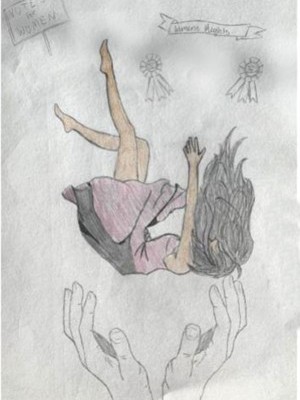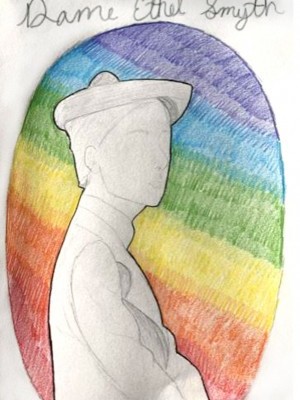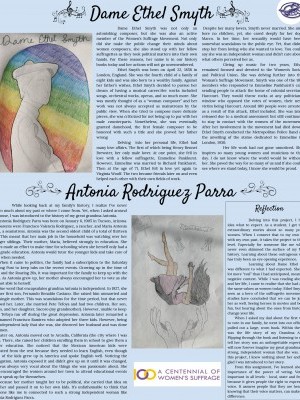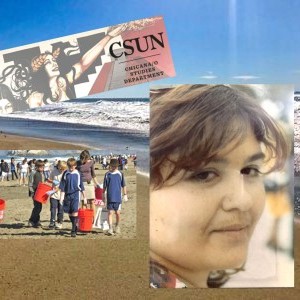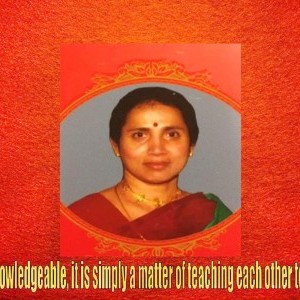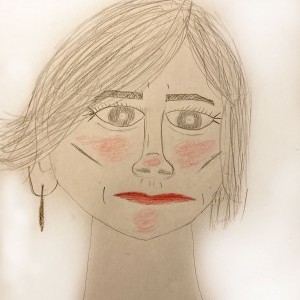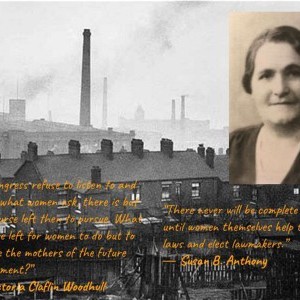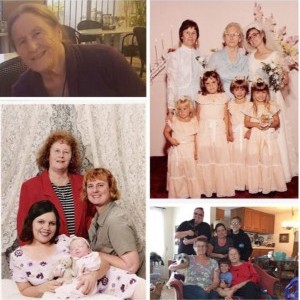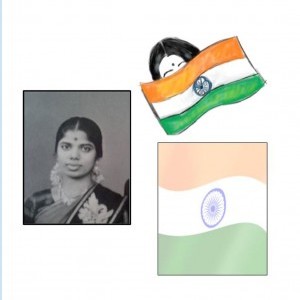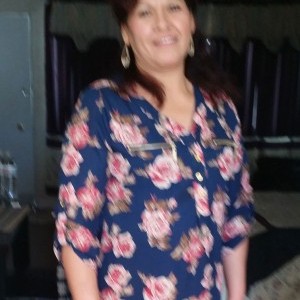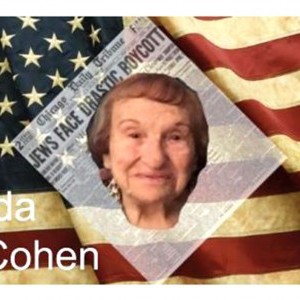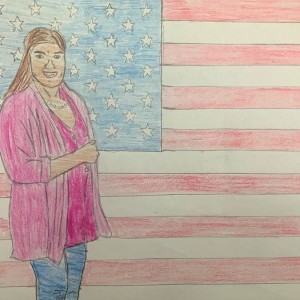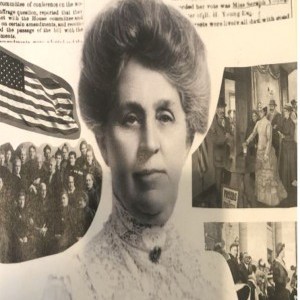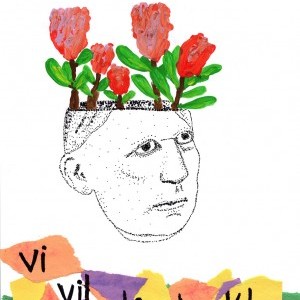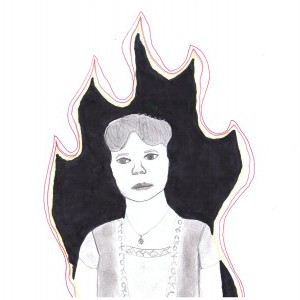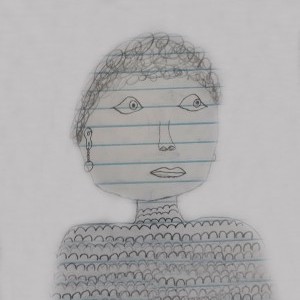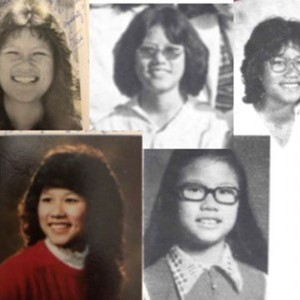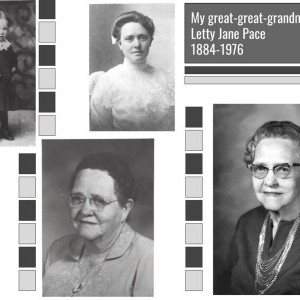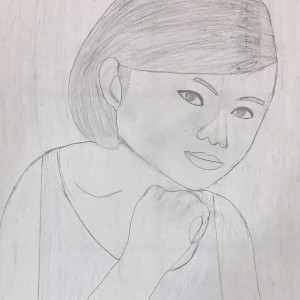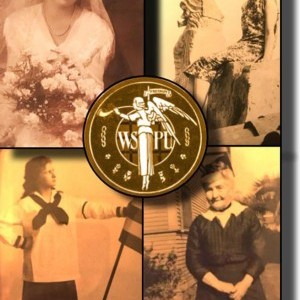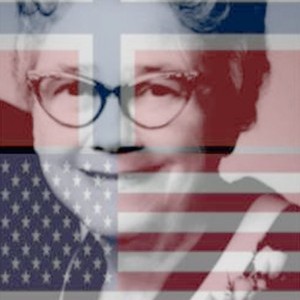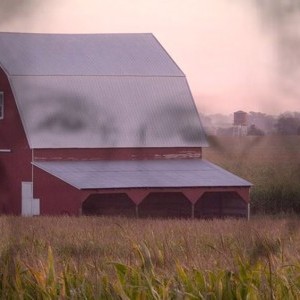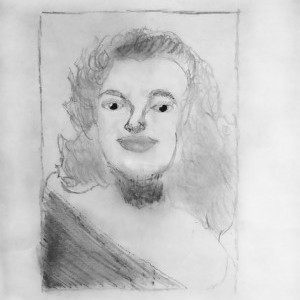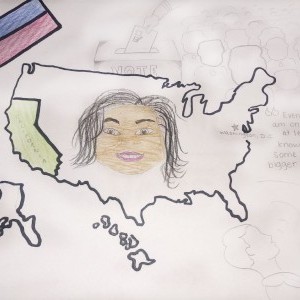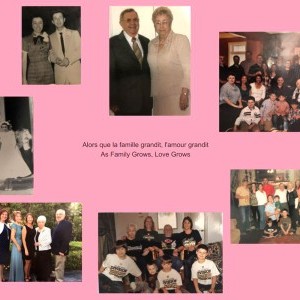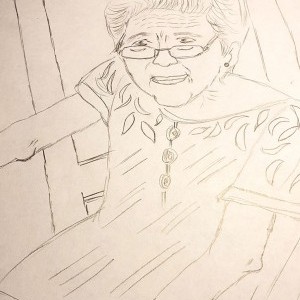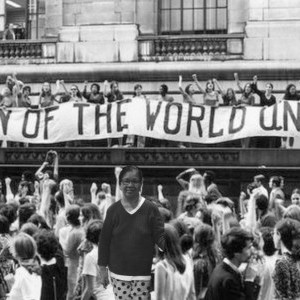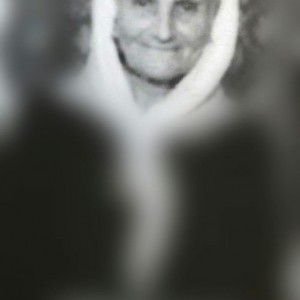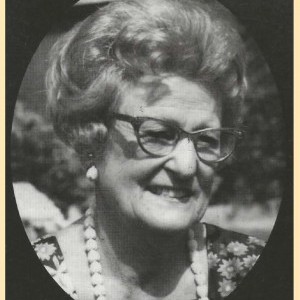Francesca Marietti
Adolfo Camarillo High School | Camarillo, CA | 10th
Inspirational Family Member
My Great-Grandma Antonia
While looking back at my family’s history, I realize I’ve never known much about my past or where I come from. Yet, when I asked around the house, I was introduced to the history of my great-grandma Antonia. Antonia Rodriguez Parra was born on January 6, 1905 in Tucson, Arizona. Her parents were Francisco Valencia Rodriguez, a rancher, and Maria Antonia Parra, a seamstress. Antonia was the second oldest child of a total of thirteen kids. This meant that her main job in the household was watching over her younger siblings. Their mother, Maria, believed strongly in education. She always made an effort to make time for schooling when she herself only had a sixth grade education. Antonia would tutor the younger kids and take care of them when needed. When it came to politics, the family had a subscription to the Saturday Evening Post to keep tabs on the recent events. Growing up in the time of WW1 and the Roaring 20s, it was important for the family to keep up with the news. As Antonia grew up, her mother always encouraged her to vote as she was not able to herself.
One word that encapsulates great-grandma Antonia is independent. In 1927, she had her first son, Fernando Renaldo Castano. She raised him unmarried and as a single mother. This was scandalous for the time period, but that never stopped her. Later, she married Pete Tefoya and had two children. Her son, Moses, and her daughter, Sacoro (my grandmother). However, unable to keep a job Tefoya ran off during the Great Depression. Antonia later remarried a man named Francisco Ramirez who adopted her three kids. However, being the independent lady that she was, she divorced her husband and was done with men.
Later on, Antonia moved out to Arcadia, California (the city where I was born). There, she raised her children enrolling them in school to give them a proper education. She noticed that the Mexican-American kids were separated from the rest because they needed to learn English, even though some of the kids grew up in America and spoke English well. Noticing the segregation, Antonia exposed it and didn’t give up on it until it was changed. She was always very vocal about the things she was passionate about. She even encouraged the women around her town to attend educational events and to speak up for themselves. Because her mother taught her to be political, she carried that idea on with her and passed it on to her own kids. It’s unfathomable to think that someone like me is connected to such a strong independent woman like Antonia Rodriguez Parra.
Historical Figure I Admire
Dame Ethel Smyth
Dame Ethel Smyth was not only an astonishing composer, but she was also an active member of the Women’s Suffrage Movement. Not only did she make the public change their minds about women composers, she also stood up with her fellow suffragettes as they took political matters into their own hands. For these reasons, her name is in our history books today and her actions will not go unremembered.
Ethel Smyth was born on April 22, 1858 in London, England. She was the fourth child of a family of eight kids and was also born to a wealthy family. Against her father’s wishes, Ethel Smyth decided to pursue her dream of having a musical career. Her works included songs, orchestral works, operas, and so much more. She was mostly thought of as a “woman composer” and her work was not always accepted as mainstream by the public view. When she tried to compose more delicate pieces, she was criticized for not being up to par with her male counterparts. Nonetheless, she was eventually granted status as a Dame, the first female composer to be honored with such a title and she proved her father wrong.
Getting into her personal life, Ethel had many love affairs. The first of which being Henry Bennet Brewster, her only male lover. At one point, she fell in love with a fellow suffragette, Emmeline Pankhurst. However, Emmeline was married to Richard Pankhurst. Then at the age of 71, Ethel fell in love yet again with Virginia Woolf. The two became friends later on and even helped each other with their own fields of work. Despite her many lovers, Smyth never married. She also bore no children, yet, she cared deeply for her dog, Marco. In her time, her sexuality would have been somewhat scandalous to the public eye. Yet, that didn’t stop her from loving who she wanted to love. You could say she was an independent woman and didn’t care about what others perceived her as.
Giving up music for two years, Ethel remained focused and devoted to the Women’s Social and Political Union. She was delving further into the Woman’s Suffrage Movement. Smyth was one of the 109 members who responded to Emmeline Pankhurst’s call, sending people to attack the home of colonial secretary Harcourt. They would throw rocks at any politician’s window who opposed the votes of women, their next victim being Harcourt. Around 100 people were arrested as a result of this attack, Ethel included. She was later released due to a medical assessment but still continued to stay in contact with the women of the movement. After her involvement in the movement had died down, Ethel Smyth conducted the Metropolitan Police Band at the unveiling of the statue dedicated to Emmeline in London, in 1930.
Her life’s work had not gone unnoticed. She inspires so many young women and musicians to this day. I do not know where the world would be without her. She paved the way for so many of us and if she could see where we stand today, I know she would be proud.
SOURCES +
What the Project Means to Me
Delving into this project, I had no idea what to expect. As a student, I get to hear extraordinary stories about so many powerful women. When I connect that to my own family with my own past, it takes the project to the next level. Especially for someone like me who has never even skimmed the surface of my family’s history. Learning about these outrageous women has truly been an eye opening experience. Learning about Dame Ethel Smyth was different to what I had expected. She was a lot more “real” than I had anticipated, meant in no negative context. While I was reading about her and her life, I came to realize that she had a lot of the same values as women today.
Ethel Smyth was seen as a hero of the suffragette movement, my studies have concluded that we can be just like her as well. Seeing heroes in movies and books is fun, but hearing about the ones from history can change your life. When I asked my dad about the first woman to vote in our family, he went into our office, and pulled out a large, worn book. Within the pages was the life story of my Grandma Antonia. Flipping through the book and listening to my dad tell her story was an unforgettable experience. I will now forever imagine my great-grandma as the strong, independent woman that she was. Before this project, I knew nothing about her and I’m so glad I was introduced to her story. From this assignment, I’ve learned about the importance of the power of voting. Voting is important in all levels - local, state and federal - because it gives people the right to express their voice. It assures people that they are heard and knowing that their voice matters can make all the difference.
Explore the Archive
More From This Class
Click on the thumbnails below to view each student's work.Deadline Extended
There's still time to join Women Leading the Way.
Become a part of our storytelling archive. Enroll your class today.
Join the Project

